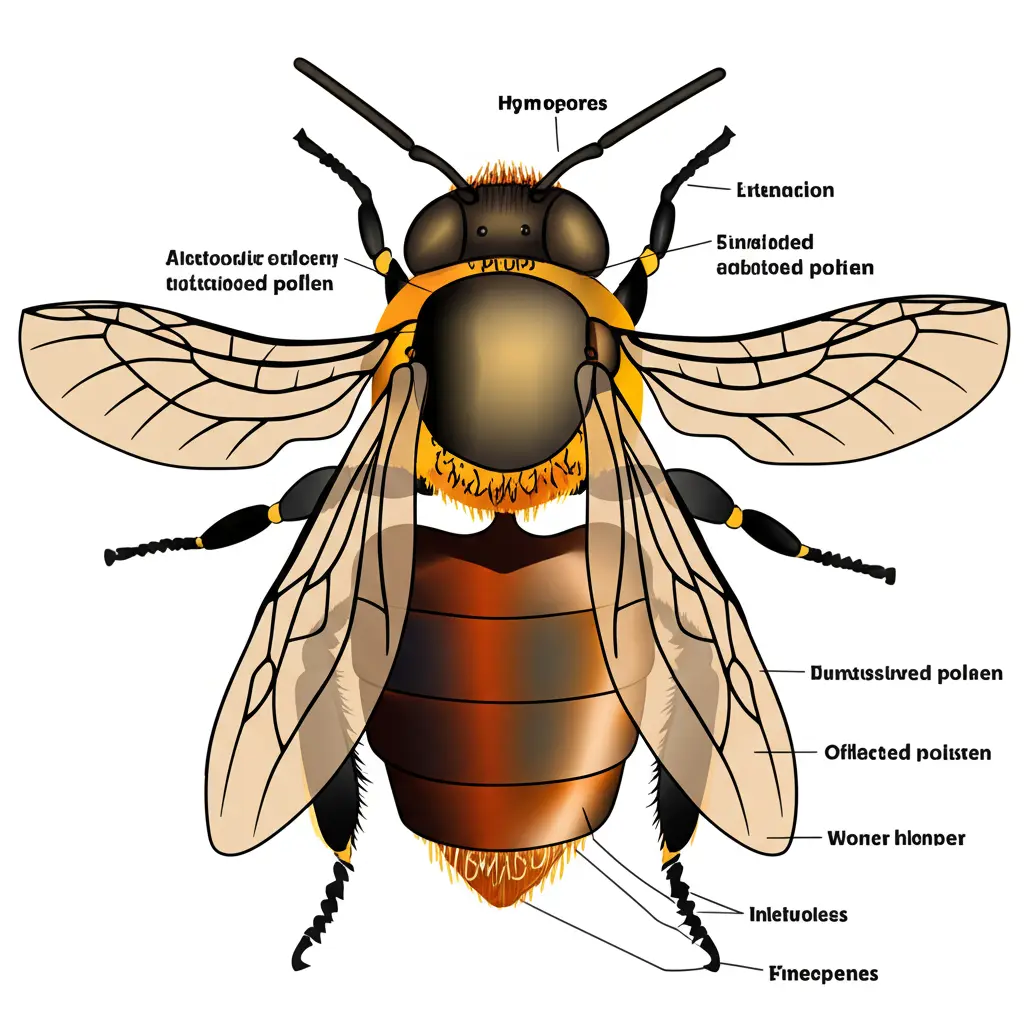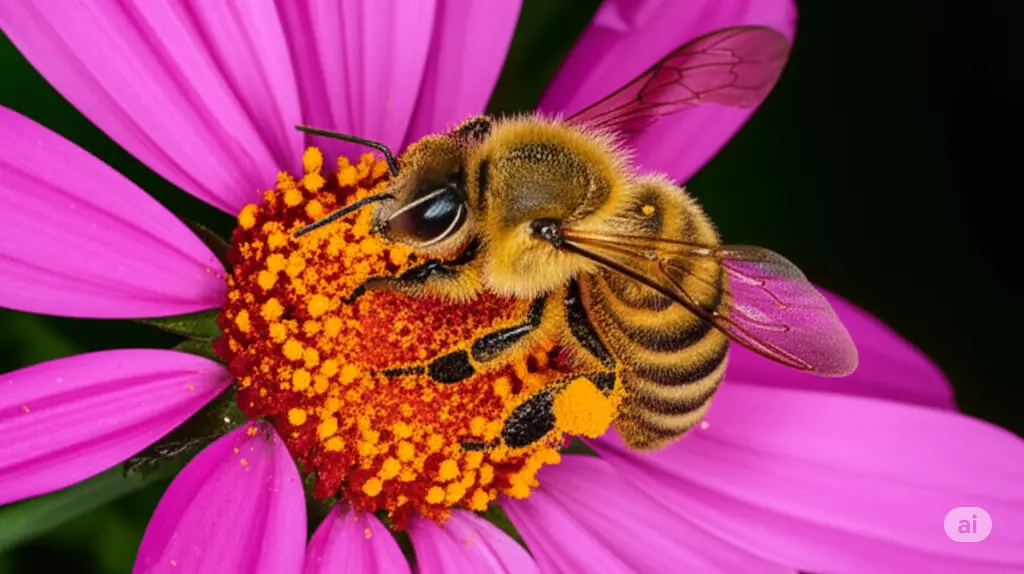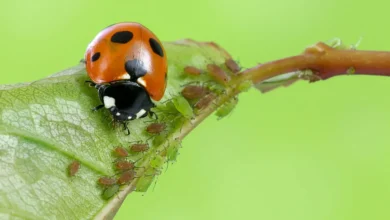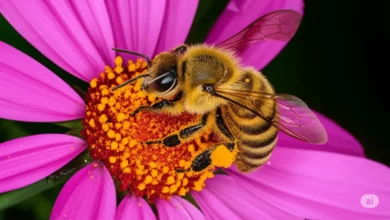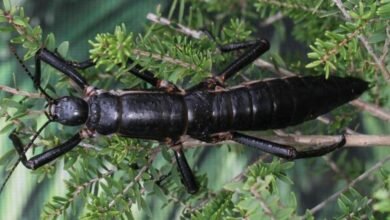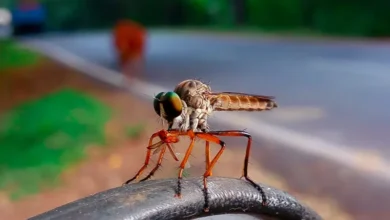Introduction: The Bee Crisis We Can’t Ignore
When we ask, “Why are bees important to the environment?”, the answer is stark: human survival depends on them. These tiny pollinators sustain global food systems, protect biodiversity, and even combat climate change. Yet, bee populations are collapsing due to pesticides, habitat loss, and climate shifts. In this deep dive, we’ll explore:
-
The science behind bee pollination and its irreplaceable role.
-
How bees boost food security and economic stability.
-
5 urgent threats driving bee declines.
-
10 actionable steps to save bees at home.
Let’s uncover why bees are important to the environment—and how to protect them before it’s too late.
Section 1: What Exactly is a Bee? A Look at the Basics
Before diving into their ecological importance, let’s establish what exactly constitutes a bee. Bees belong to the order Hymenoptera, which also includes ants and wasps. They are characterized by their fuzzy bodies, the presence of branched hairs that help them collect pollen, and in most species, specialized pollen-carrying structures on their legs or abdomen.
- Scientific Classification:
- Order: Hymenoptera
- Suborder: Apocrita
- Infraorder: Aculeata
- Superfamily: Apoidea (Anthophila) – This is the group containing all bees.
- Family: There are several bee families, with some of the most well-known including:
- Apidae (includes honeybees, bumblebees, stingless bees, and orchid bees)
- Halictidae (sweat bees)
- Megachilidae (leafcutter and mason bees)
- Andrenidae (mining bees)
- Colletidae (plasterer bees or cellophane bees)
- Origin and Distribution: Bees are believed to have evolved from carnivorous wasps approximately 100 million years ago, during the Cretaceous period, coinciding with the diversification of flowering plants (angiosperms). Today, bees are found on every continent except Antarctica, inhabiting a vast array of ecosystems from tropical rainforests to arid deserts.
1.2 Evolutionary Partnership with Plants
Bees co-evolved with flowering plants 100 million years ago. This symbiosis created:
-
Specialized flower shapes (e.g., tubular blooms for long-tongued bees).
-
Mutual reliance: Bees get nectar; plants get pollinated.
Why are bees important to the environment? Without this partnership, 90% of wild plants would vanish.
Section 2: Why Are Bees Important to the Environment? 5 Vital Roles
2.1 Pollination: The Engine of Life
Bees pollinate 75% of food crops and 90% of wild plants. Examples:
-
Fruits: Apples, blueberries, cherries.
-
Vegetables: Squash, cucumbers, almonds.
-
Cash crops: Coffee, cocoa, cotton.
Economic Impact: Bee pollination adds $235–$577 billion/year to agriculture (IPBES).
2.2 Biodiversity Guardians
-
Bees enable genetic diversity in plants by cross-pollination.
-
They’re keystone species: Lose bees, and ecosystems collapse like dominoes.
2.3 Climate Change Mitigators
-
Pollinated plants sequester carbon and stabilize soils.
-
Diverse ecosystems resist droughts and pests better.
2.4 Food Security Guarantors
1 in 3 bites of food relies on pollinators (USDA). No bees = global famine risks.
2.5 Indicators of Environmental Health
Bee declines signal pesticide contamination, habitat loss, and climate disruptions.
Section 3: Why Are Bees Dying? 5 Critical Threats
3.1 Pesticides (Neonicotinoids)
-
Neurotoxins impair navigation and memory.
-
Sublethal doses weaken colonies over time.
3.2 Habitat Destruction
-
Monoculture farming strips away diverse forage.
-
Urbanization eliminates nesting sites.
3.3 Climate Change
-
Flowering mismatches: Bees emerge before flowers bloom.
-
Extreme weather destroys hives.
3.4 Parasites & Diseases
-
Varroa mites drain bee blood (hemolymph).
-
Nosema fungus devastates guts.
3.5 Invasive Species
-
Asian hornets prey on honeybees.
-
Non-native plants crowd out bee-friendly flora.
Section 4: How to Save Bees: 10 Actionable Steps
4.1 For Gardeners
-
Plant native flowers (e.g., lavender, sunflowers, goldenrod).
-
Avoid pesticides—opt for neem oil or soap sprays.
-
Build bee hotels for solitary bees.
4.2 For Communities
-
Lobby for pesticide bans (e.g., neonicotinoids).
-
Create pollinator corridors with wildflowers.
4.3 For Governments
-
Fund habitat restoration projects.
-
Regulate industrial agriculture practices.
4.4 For Everyone
-
Buy local honey to support beekeepers.
-
Educate others (share this article!).
-
Join citizen science (e.g., Bumble Bee Watch).
Conclusion: A Future With Bees
Why are bees important to the environment? They’re the glue holding ecosystems—and our food supply—together. By acting now, we can reverse their decline.
Your Turn:
-
🌸 Plant one bee-friendly plant this week.
-
📢 Share this post with #SaveTheBees.

